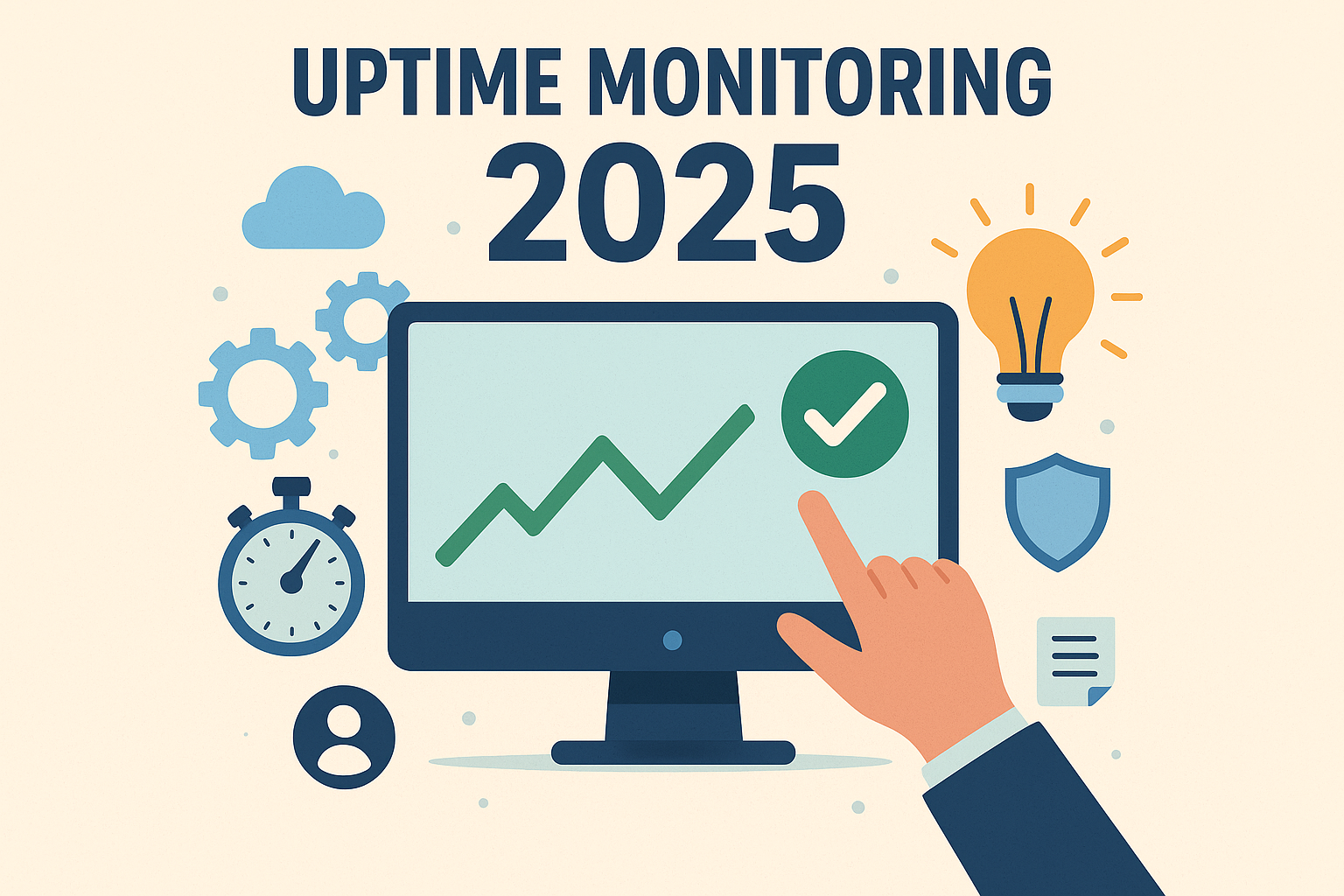In the ever-connected digital world of 2025, uptime monitoring has evolved far beyond the traditional "is my server online?" ping checks. Businesses, developers, and IT managers now operate in an environment where even seconds of downtime can translate into lost revenue, security risks, and damaged reputation. Uptime monitoring today is as much about user experience and resilience as it is about availability.
From Pings to Experience Monitoring
Classic uptime monitoring relied on sending simple ICMP pings or HTTP requests to verify if a server was reachable. While this is still useful, it only scratches the surface. Modern monitoring tools in 2025 simulate entire user journeys — logging in, performing transactions, navigating pages — to ensure that services are not just online, but actually functional.
AI-Powered Incident Prediction
With advances in machine learning, monitoring platforms now predict outages before they happen. By analyzing historical patterns, traffic spikes, and infrastructure anomalies, AI engines can trigger preventive alerts. Instead of reacting to downtime, IT teams can proactively reroute traffic, scale infrastructure, or patch vulnerabilities.
Multi-Layered Observability
Today’s uptime monitoring is closely tied to the broader field of observability. Beyond uptime, systems now track performance metrics (latency, error rates, throughput), application logs, and distributed traces. This gives organizations a holistic view: not just whether the system is up, but how well it’s performing across regions and platforms.
Edge and Multi-Cloud Complexity
As more businesses deploy workloads across multiple clouds and at the network edge, uptime monitoring has adapted. Modern solutions test availability from dozens of geographic locations, simulating real-world conditions. A service may be up in New York but unreachable in Singapore due to a CDN failure — and today’s monitoring tools catch these issues in real time.
Human-Centric Dashboards and Alerts
No more noisy, cryptic alert floods. Monitoring platforms in 2025 prioritize actionable intelligence. Alerts are enriched with context — pointing not just to what failed, but why and how to fix it. Integrations with collaboration tools like Slack, Teams, and even AR glasses for on-site engineers ensure that issues are resolved faster than ever.
Sustainability and Cost Awareness
Interestingly, uptime monitoring now also considers energy efficiency. Cloud platforms expose carbon-intensity data, and monitoring solutions help businesses balance availability with sustainability goals. Keeping every server hot all the time isn’t always the best answer; smart monitoring helps optimize for uptime while reducing unnecessary energy use.
The Bottom Line
In 2025, uptime monitoring is no longer about keeping the lights on — it’s about delivering a seamless, resilient, and sustainable digital experience. Businesses that embrace these modern approaches gain a competitive edge, not just by preventing downtime, but by ensuring their customers enjoy fast, secure, and reliable interactions every time.
The future of uptime monitoring is proactive, intelligent, and user-focused — because in today’s world, every millisecond counts.
